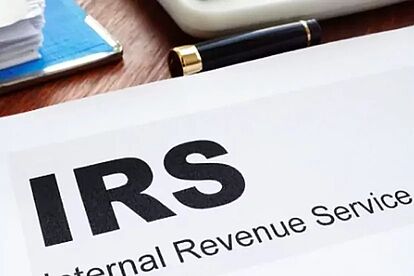When you receive a Form 1099-R for a retirement or pension distribution, you’ll notice that Box 7 contains a distribution code. These distribution codes are essential for understanding how your distribution will be taxed and if there are any additional penalties. Let’s break down these codes to help you understand what each one means and how it impacts your tax obligations.
What Are Distribution Codes on Form 1099-R?
Distribution codes in Box 7 of Form 1099-R tell the IRS what type of distribution you received. These codes indicate if the distribution is subject to early withdrawal penalties, exempt from penalties, or rolled over into another account. By knowing what each code means, you can accurately report your distribution on your tax return.
Common Distribution Codes and Their Meanings
- Code 1: Early Distribution, No Known Exception
- Meaning: The distribution was taken before the taxpayer reached age 59½, and there is no known exception to the 10% early withdrawal penalty.
- Tax Impact: Generally subject to ordinary income tax and an additional 10% penalty on early withdrawals.
- Code 2: Early Distribution, Exception Applies
- Meaning: The distribution was taken before age 59½, but an exception to the 10% penalty applies (such as a qualified educational expense, medical expense, or first-time home purchase).
- Tax Impact: Subject to regular income tax but no additional penalty due to the specific exception.
- Code 3: Disability
- Meaning: Distribution made to a taxpayer who is permanently and totally disabled.
- Tax Impact: Subject to regular income tax but no 10% penalty, as disability is a penalty-free exception.
- Code 4: Death
- Meaning: Distribution was made to a beneficiary or estate after the account holder’s death.
- Tax Impact: Typically taxable as ordinary income but no penalty. Beneficiaries may have different tax rules based on whether they receive the funds in a lump sum or over time.
- Code 7: Normal Distribution
- Meaning: The distribution was made after the taxpayer reached age 59½.
- Tax Impact: Subject to regular income tax with no penalty.
- Code G: Direct Rollover
- Meaning: Direct rollover from one qualified plan or IRA to another, such as from a 401(k) to an IRA.
- Tax Impact: Generally not taxable if rolled over directly to another retirement plan.
- Code H: Direct Rollover of a Designated Roth Account
- Meaning: Direct rollover from a Roth 401(k) or 403(b) account to a Roth IRA or other designated Roth account.
- Tax Impact: Not taxable if rolled into another Roth account.
Less Common Distribution Codes
- Code J: Early Distribution from a Roth IRA, No Known Exception
- Meaning: Early distribution from a Roth IRA with no known penalty exception.
- Tax Impact: Contributions may be tax-free, but earnings are generally subject to tax and a 10% penalty if withdrawn before age 59½ and before the five-year holding period.
- Code L: Loans Treated as Distributions
- Meaning: A loan from a retirement plan that is treated as a distribution (typically if not repaid according to plan terms).
- Tax Impact: Subject to regular income tax and possibly a 10% penalty if under age 59½.
- Code P: Excess Contributions Plus Earnings
- Meaning: Distribution of excess contributions from a retirement plan, along with any earnings, made before the tax-filing deadline.
- Tax Impact: Earnings are taxable, and excess contributions may be subject to a penalty.
- Code Q: Qualified Distribution from a Roth IRA
- Meaning: A distribution from a Roth IRA that meets the five-year holding period and is made after age 59½ or due to a qualifying event (disability, death, or first-time home purchase).
- Tax Impact: Fully tax-free with no penalties.
- Code T: Roth IRA Distribution, Exception Applies
- Meaning: Roth IRA distribution where the taxpayer has met the five-year holding period, but the distribution does not meet other qualifying criteria for tax-free treatment.
- Tax Impact: May be partly taxable depending on contribution and earnings balances, but no penalty is applied.
Why These Codes Are Important
The distribution codes on Form 1099-R not only tell you what kind of distribution you received but also help you understand:
- Whether or not the distribution is subject to income tax
- If an early withdrawal penalty applies
- Whether additional tax forms may be required, such as Form 5329 to claim an exception to the penalty
Accurate interpretation of these codes can help you avoid penalties, file correctly, and even reduce tax liability if eligible for exceptions.
How to Report Form 1099-R on Your Tax Return
- Include on Your Return: Generally, income from Form 1099-R is reported on Form 1040 as part of your taxable income.
- Additional Forms: If you have early distributions with exceptions (Code 2) or other situations with tax benefits or penalties, you may also need to file Form 5329 to calculate any penalties or claim exceptions.
Final Thoughts
Understanding the distribution codes on Form 1099-R is crucial for accurate tax reporting. Each code provides the IRS with essential information on how to treat the distribution, helping you avoid mistakes, save time, and possibly reduce your tax burden.

